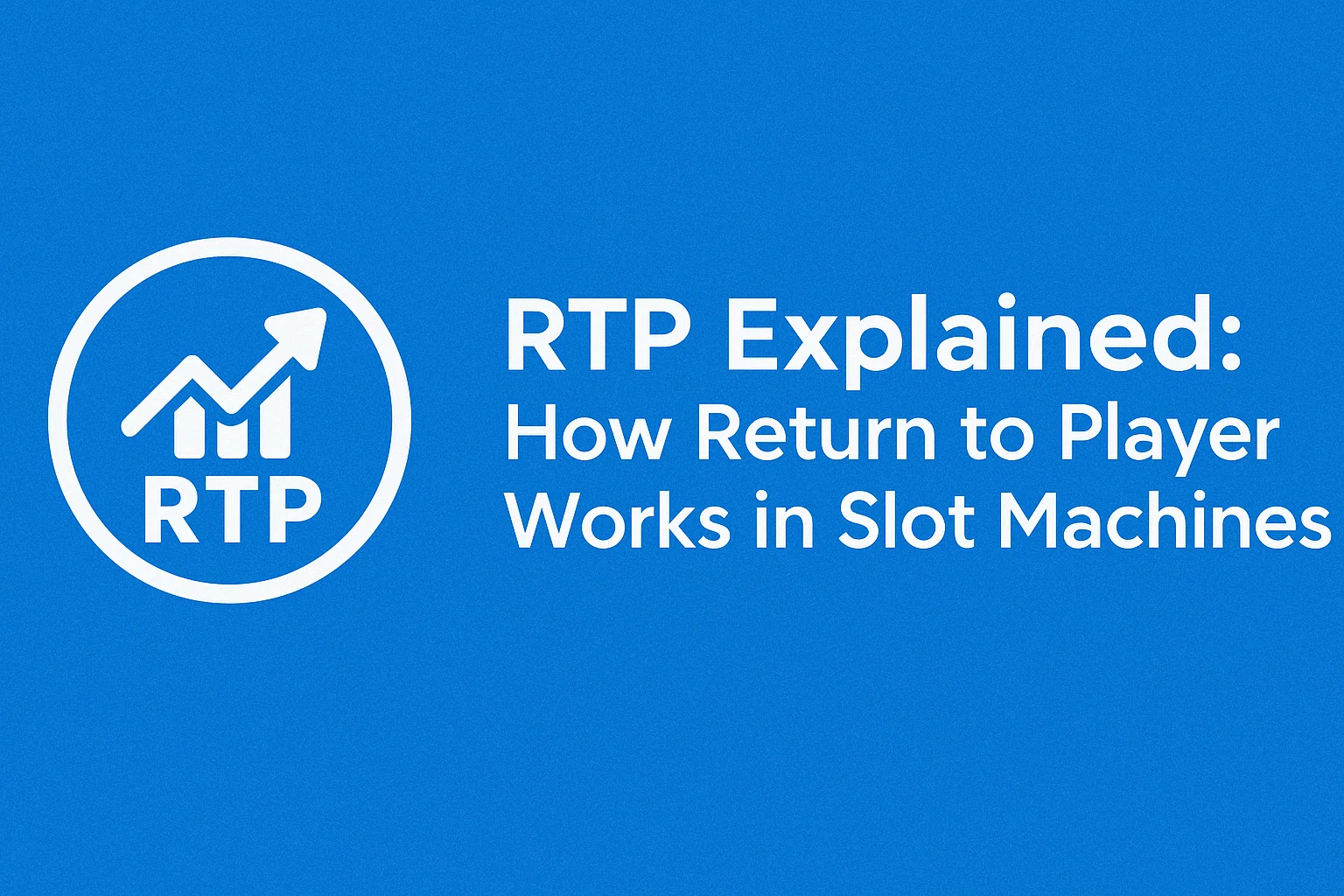
If you've ever looked at the details of a slot machine, then you might have noticed three tiny letters: RTP. It stands for Return to Player and basically tells you how much money a game is designed to pay back players over time. Think of it as a fairness snapshot. Let's say a slot machine has an RTP of 96%. In theory, it should reward $960 for every $1,000 wagered. The house takes the rest.
Naturally, real sessions are not so neat. You may hit a jackpot on a few turns or blow your bankroll on one. RTP holds true only in the long term — thousands or millions of rounds. Many players also use bonuses like an online casino reload bonus to play longer, but the RTP rate still tells you how much of a balanced slot actually is.
Why Does RTP Matter?
For American players, RTP is the most useful statistic to look at when choosing an online slot. Here's why:
- Higher RTP = better chances in the long run. A 97–98% RTP slot will normally pay back more of your bets than a 90–92% RTP slot.
- Increased playtime. Games with more RTP tend to allow you to make your bankroll last longer, providing you with more spins and more opportunities to win a bonus round or large win.
- Transparency. Casinos reveal RTP so that players can compare games on an equal basis.
For example, if you're playing a 98% RTP slot and play it for a total of $1,000, on average you'll get about $980 back overall. Compare this to a 90% RTP slot, with only $900 on average being paid out — the difference accumulates.
RTP vs. Short-Term Results
And here's the catch: RTP is no promise for tonight's game. Slots rely on random number generators, and that unpredictability is what makes them exciting — and sometimes ruthless. You could hit a bonus round your first spin, or beat fifty spins for nothing. In the long run, though, the math catches up, and the average returns coalesce into the published RTP.
Think of RTP to be a map, not a guarantee. It shows where you're headed, but your journey might have some wacky side trips along the way.
RTP and Volatility – The Other Half of the Story
The other thing that players generally disregard is volatility. Two slots can have an equal 96% RTP, but they will play very differently. A high-volatility game might leave you in suspense with long gaps with no prizes before bursting out with a big prize. Low-volatility slots, on the other hand, will pay smaller prizes but more frequently, keeping your balance steady for longer.
If you’re someone who loves the thrill of chasing jackpots, high volatility may be your style. But if you’d rather have steady entertainment and more playtime, stick with low-volatility games that pair well with a solid RTP.
How RTP Affects Your Chances
What does that do for you as an American player, then? Playing slots with higher RTP gives you better value for your money. It will not change the randomness of every spin, but it can help lengthen the lifespan of your bankroll and your likelihood of leaving something behind.
The smartest approach is simple: look at both RTP and volatility, use bonuses wisely, and play with a set budget. That way, you’ll maximize both your entertainment and your chances of catching a winning streak.
Final Thoughts
For US slot gamers, understanding RTP is crucial in coming to better decisions. While it does not influence the outcome of your subsequent spin, it tells you which slots give you a better value over time. If you are willing to play for many hours and increase your possibility of departing from a casino richer, always compare RTP and shop around before choosing a slot.
In short: higher RTP means a fairer game to the player, but volatility and fortune will always set the short-term result.









Leave a Comment
Your email address will not be published. Required fields are marked *